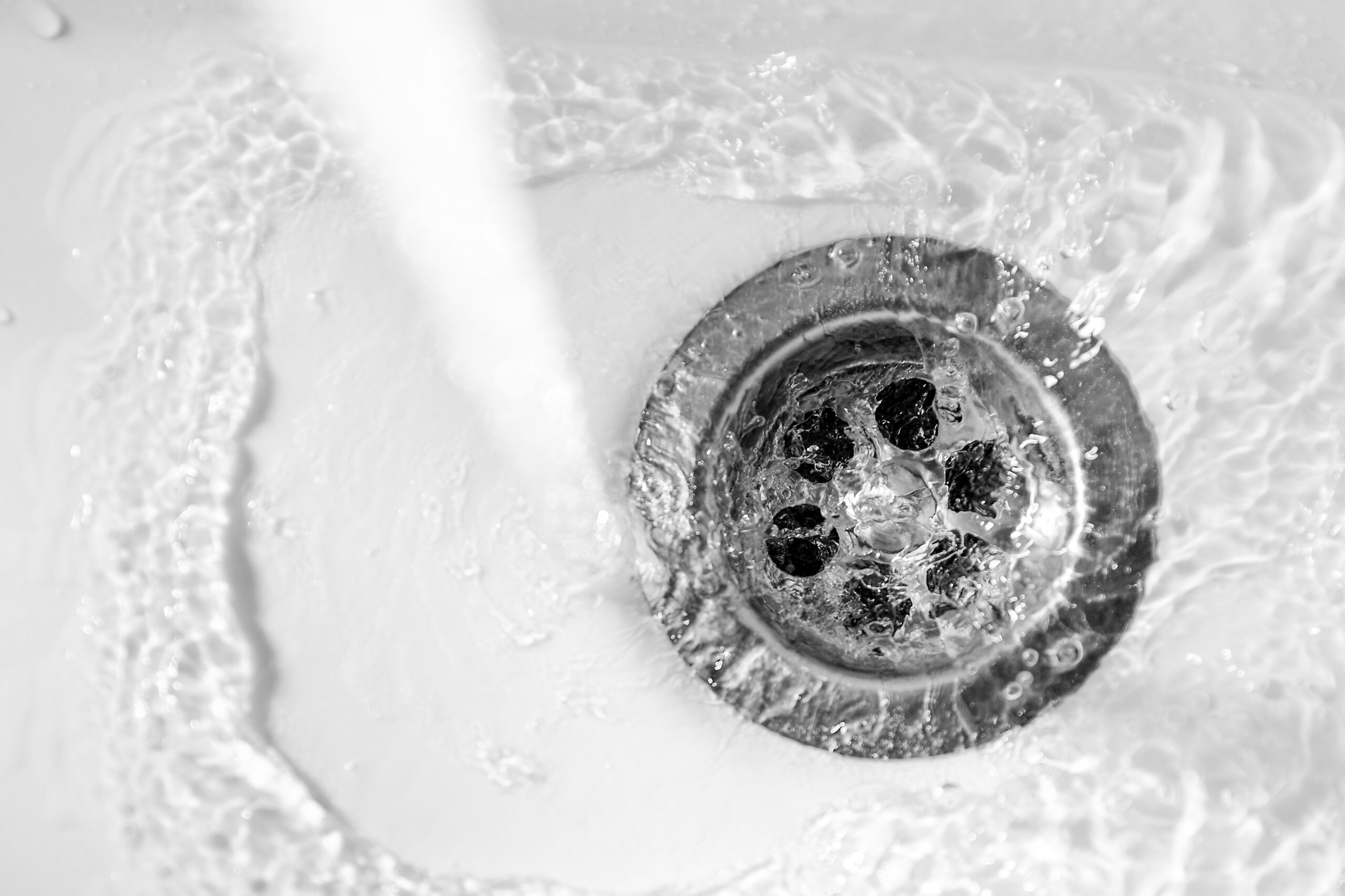Mold can show up in unexpected places, and one of the most overlooked spots in your home is inside your drain pipes. Black mold, a particularly harmful type, thrives in dark, damp, and poorly ventilated areas—making your plumbing an ideal breeding ground. Understanding how to detect and safely remove mold from your home’s plumbing is essential for protecting your health and maintaining your home.
Signs of Black Mold in Drain Pipes
Detecting black mold in your drain pipes isn’t always straightforward, but here are some common signs to watch for:
- Unusual Odors: A persistent musty or earthy smell coming from your drains is often the first indication of mold.
- Slow Draining Water: Mold can build up and partially block your pipes, slowing water flow.
- Visible Mold Growth: In some cases, you may notice dark spots or slimy buildup around drain openings.
- Health Symptoms: Prolonged exposure to black mold can cause respiratory problems, headaches, and allergy-like symptoms.
Steps to Safely Remove Mold from Drain Pipes
If you suspect black mold in your drain pipes, it’s important to act quickly while taking safety precautions.
1. Gather Your Tools
- Rubber gloves
- Protective eyewear
- Mask rated for mold (N95 or higher)
- Scrubbing brush
- Baking soda
- White vinegar
- Boiling water
- Drain snake (if needed)
2. Prepare the Area
- Ensure proper ventilation by opening windows or turning on exhaust fans.
- Wear all safety gear to avoid inhaling mold spores or getting them on your skin.
3. Clean the Drain
- Start by pouring a mixture of equal parts baking soda and white vinegar into the drain. The solution will fizz, helping to loosen mold and debris.
- Let the mixture sit for 30 minutes, then pour boiling water down the drain to flush out loosened buildup.
- Use a drain snake or brush to scrub away any remaining residue.
4. Disinfect Thoroughly
- After cleaning, pour a diluted bleach solution (1 part bleach to 10 parts water) down the drain to kill any lingering mold spores. Be sure to follow up with more boiling water to rinse.
5. Check for Blockages
- If the problem persists, mold might be deep within the pipes, requiring professional plumbing services.
Preventing Mold in Your Plumbing
Keeping your plumbing mold-free involves regular maintenance:
- Run Hot Water Weekly: Flush your drains with hot water to remove debris and prevent mold from forming.
- Use a Drain Cleaner: Choose a non-toxic drain cleaner to clear buildup without harsh chemicals.
- Ventilate High-Moisture Areas: Install exhaust fans or dehumidifiers in bathrooms and kitchens to reduce moisture levels.
- Fix Leaks Promptly: Address any plumbing leaks to avoid creating a moist environment where mold thrives.
When to Call a Professional
If DIY methods don’t solve the problem, or if mold keeps returning, it’s time to call professionals. Mold Solutions specializes in identifying and eradicating mold from hard-to-reach areas, including your plumbing system, ensuring your home stays safe and healthy.
Black mold in drain pipes is more than an inconvenience—it’s a health hazard. Detecting and removing it early can save you time, money, and discomfort. By following these steps and maintaining your plumbing, you can keep mold at bay and ensure your home remains a healthy environment for you and your family. For more detailed information on mold prevention and its impact on health, visit the U.S. Environmental Protection Agency’s Mold Guide.
For expert mold remediation services, contact Mold Solutions today!








